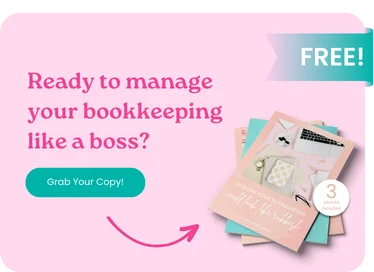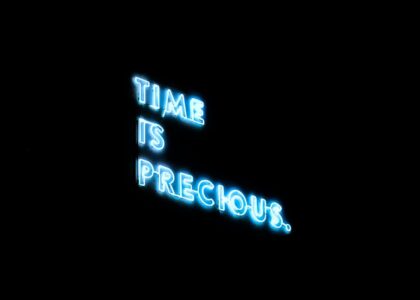Yesterday, The Government unveiled the long-awaited changes to the COVID-19 stimulus measures. It’s good news for many Australian employees fearing the looming September cut off – Jobkeeper has been extended to March 2021, but with some amendments.
Employees will now receive a lower rate determined by their hours worked in Feb 2020. There’ll also be eligibility testing for small businesses and sole traders.
JobKeeper rates from 28 September 2020 to 28 March 2021
| Date | Full rate per fortnight | Less than 20hrs worked per fortnight rate |
| 28 September 2020 to 3 January 2021 | $1,200 | $750 |
| 4 January 2021 to 28 March 2021 | $1,000 | $650 |
Specifically, the second phase of the Jobkeeper program will run to March 28, 2021, with Jobkeeper eligibility re-tested in October and early January 2021, based on the turnover decline.
This means employers will need to demonstrate they’ve met the relevant decline in turnover in both the June and September quarters to be eligible for the JobKeeper payment in the December quarter.
If the business is eligible, the employees will receive payments as outlined in the table above. Both of the tiers’ payments will be reduced on Jan 3 in 2021.
The minimum wage condition will still apply, meaning businesses still won’t be allowed to pay staff a lower hourly rate than they were previously entitled to.
In practice, this means employers will be required to pay a higher proportion of their wage bills under JobKeeper 2.0.
Revised eligibility tests
Many businesses were concerned that the government would limit its support to the struggling hospitality and tourism sectors.
But it was ruled the cover will be industry-wide, based on tests in late September and early January.
These tests will run along with the same turnover criteria as last time but will require businesses to demonstrate an actual decline in revenue against a comparable period rather than forecasts.
Employers with turnovers of $1billion or less will need to demonstrate their turnover declined at least 30% for both the June and September quarters to be eligible for JobKeeper payments covering the December quarter.
For businesses with a turnover of more than $1 billion, they’ll need to demonstrate a 50% decline in turnover, while ACNC-registered charities will need to show a 15% decline.
Employers will also need to demonstrate they will meet the turnover decline across the December quarter to remain eligible for JobKeeper payments through to March 28, 2021.
How many businesses will access JobKeeper 2.0?
About 960,000 businesses are currently enrolled in the JobKeeper program, covering about 3.5 million workers. This number is expected to drop substantially once new eligibility tests are applied.
Treasury predicts 1.4 million people will be eligible for the payments in the December quarter and 1 million for the March quarter.
About 175,000 workers are expected to be on the $750 payment over the December quarter, reducing to 125,000 on the $650 payment from January 3 to March 28, 2021.
Treasurer Josh Frydenberg said the scheme will now cost an estimated $86 billion, instead of the $70 billion previously earmarked.
How can I help?
If the Jobkeeper paperwork nightmare is causing you a little distress, be sure to get in touch.
I can help assess your eligibility for Jobkeeper 2.0 and manage your reporting requirements/compliance with the ATO. Most importantly, I can map out your payroll cashflow – you’ll need to know how much you’ll receive and when you can expect to receive it from the ATO during Jobkeeper 2.0.
We expect more updates to come, so stay in touch and we’ll stay on top of these changes and keep your head above water.











